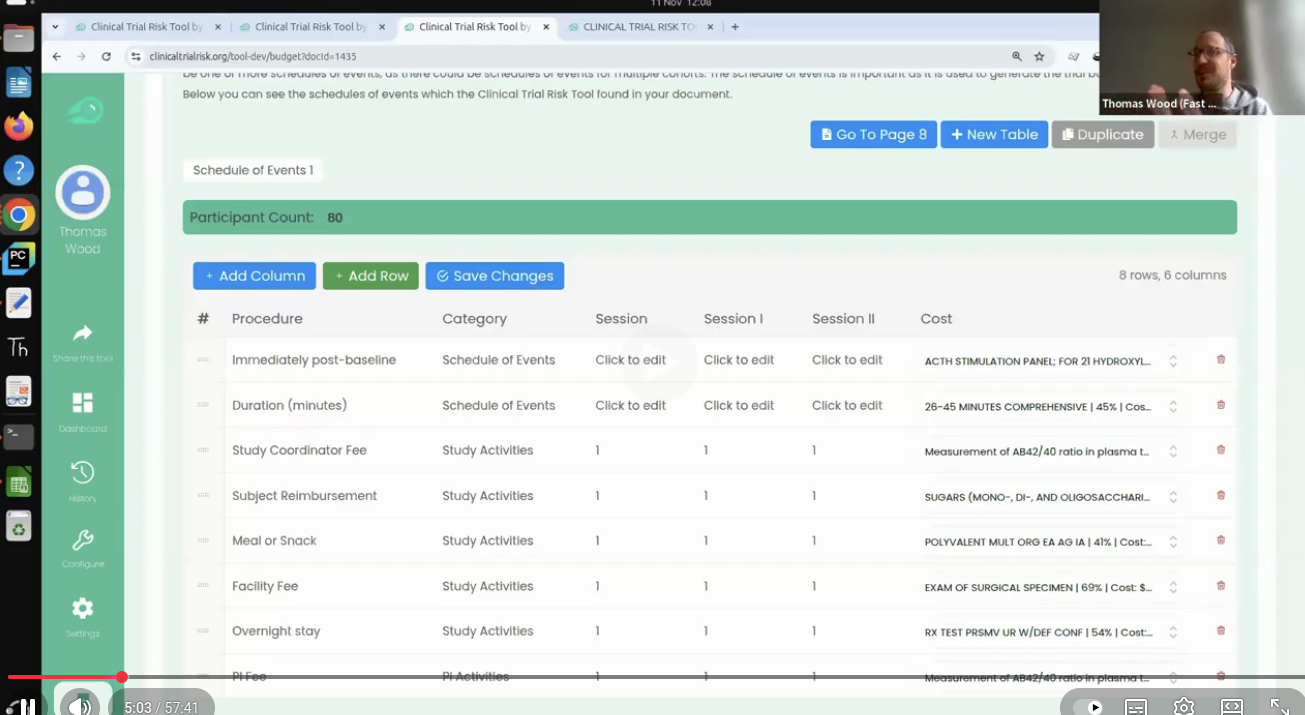
Thomas Wood presents the Clinical Trial Risk Tool before the November meeting of the Clinical AI Interest Group at Alan Turing Institute The Clinical AI Interest group is a community of health professionals from a broad range of backgrounds with an interest in Clinical AI, organised by the Alan Turing Institute.

Fast Data Science will appear at Ireland’s Expert Witness Conference on 20 May 2026 in Dublin On 20 May 2026, La Touche Training is running the Expert Witness Conference 2026, at the Radisson Blu Hotel, Golden Lane, Dublin 8, Ireland. This is a full-day event combining practical workshops and interactive sessions, aimed at expert witnesses and legal professionals who want to enhance their expertise. The agenda covers critical topics like recent developments in case law, guidance on report writing, and techniques for handling cross-examination.

Guest post by Alex Nikic In the past few years, Generative AI technology has advanced rapidly, and businesses are increasingly adopting it for a variety of tasks. While GenAI excels at tasks such as document summarisation, question answering, and content generation, it lacks the ability to provide reliable forecasts for future events. GenAI models are not designed for forecasting, and along with the tendancy to hallucinate information, the output of these models should not be trusted when planning key business decisions. For more details, a previous article on our blog explores in-depth the trade-offs of GenAI vs Traditional Machine Learning approaches.

After this ruling, will tech companies move all model training to data centres that they consider “copyright safe”? Will we see a new equivalent of a “tax haven” for training AI models on copyrighted content? An “AI haven”? This article is not legal advice.
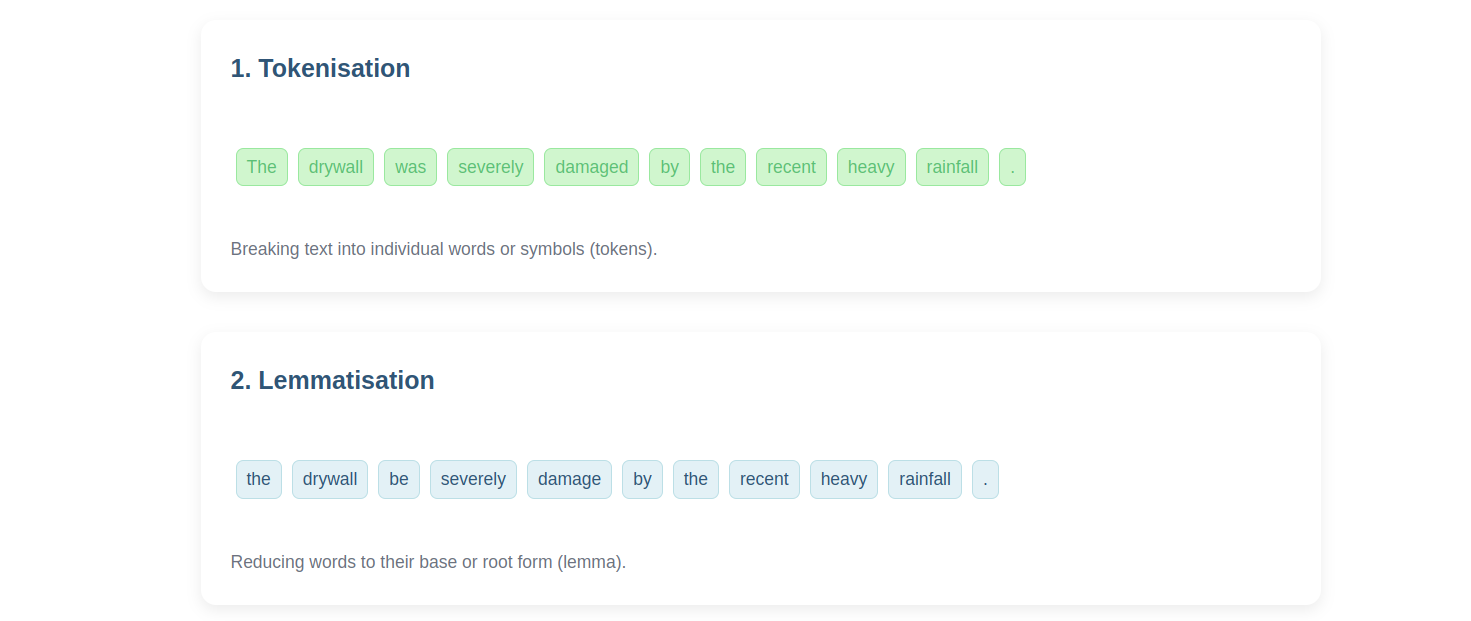
This new video explains natural language processing: what it is, how it works, and what can it do for your organisation. Natural Language Processing (NLP) is a branch of Artificial Intelligence (AI) that focuses on giving computers the ability to understand human language, combining disciplines like linguistics, computer science, and engineering.
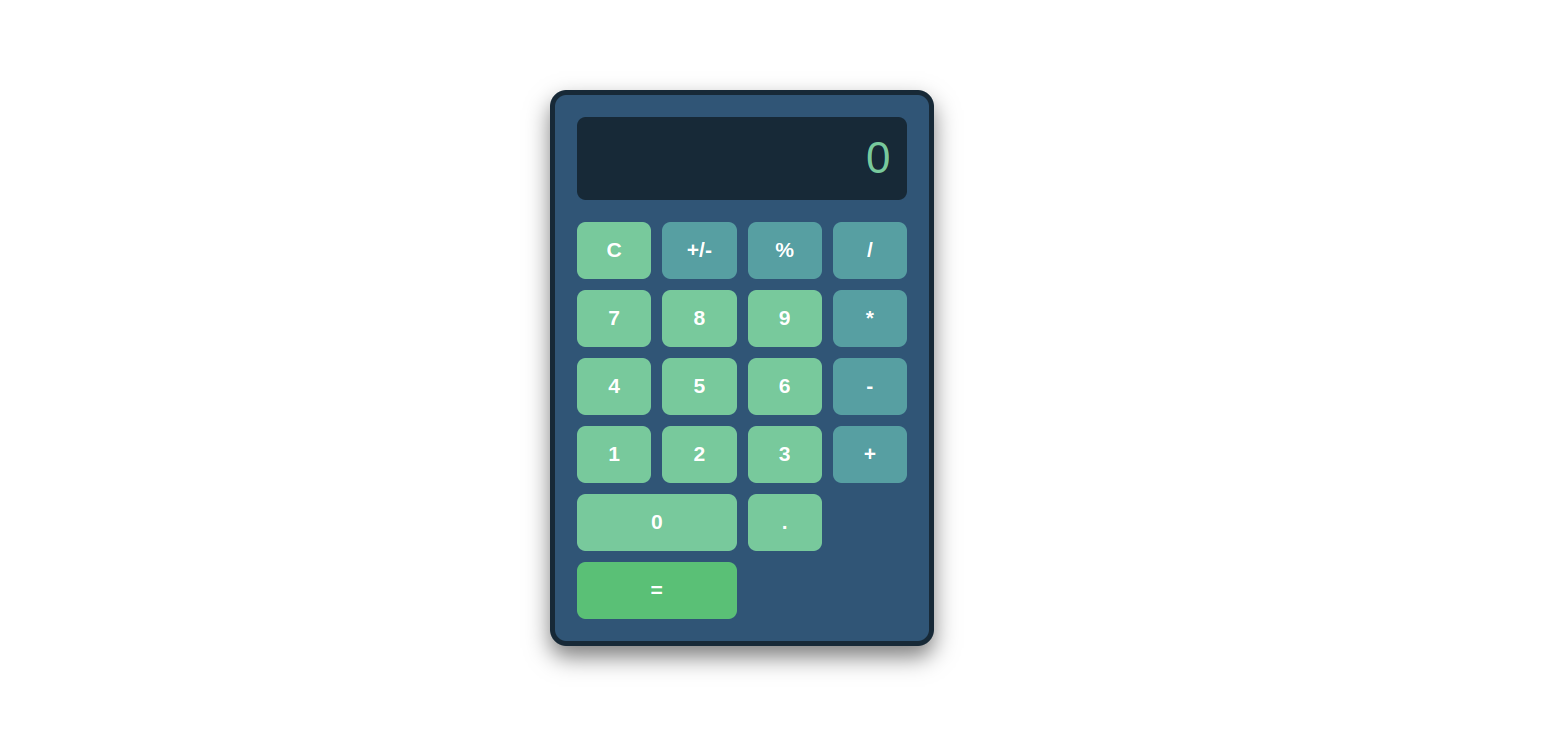
This free A/B test calculator will help you compare two variants of your website, A and B, and tell you the probability that B is better. You can read more about A/B testing in our earlier blog post on the subject. You may also be interested in our Chi-Squared sample size calculator which will help you calculate the minimum sample size needed to run a Chi-Squared test, given an expected standardised effect size.
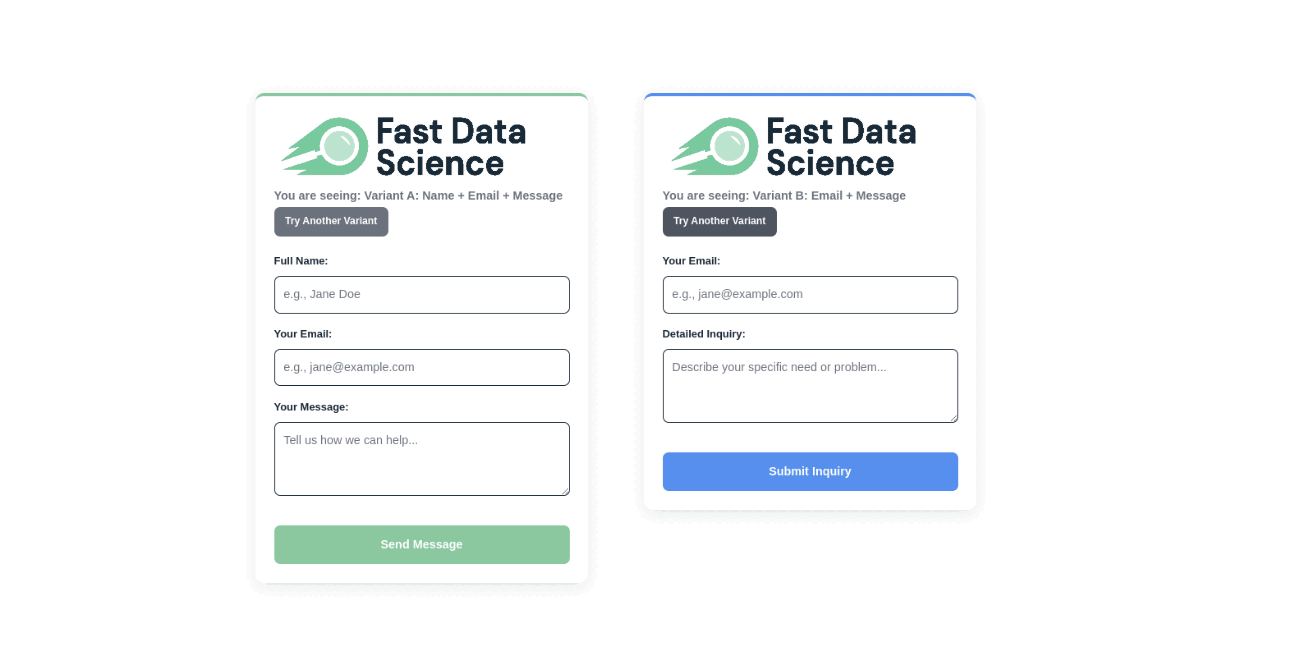
See also: Fast Data Science A/B test Calculator (Bayesian) A/B testing is a way you can test two things, Thing A, and Thing B, to see which is better. You most commonly hear about A/B testing in the context of commercial websites, but A/B testing can be done in a number of different contexts, including offline marketing, and testing prices.

Explainable AI for Businesses Guest post by Vidhya Sudani Introduction AI is moving rapidly and it can be hard to understand how an AI model works and what decisions it makes. Businesses are increasingly turning to Explainable AI (XAI) to demystify the “black box” nature of traditional machine learning models.

When you receive an email or document written by somebody it can be hard to work out if they use generative AI. There can be giveaways. For example, if that individual has written a document in a different style from their usual writing. Occasionally I have received messages with the prompts left in, such as “I really enjoyed working with you on [insert name of project]”. Around the world, students are finding themselves accused of using AI to write their dissertations, and finding themselves in quasi-legal proceedings in their university where it is impossible to prove conclusively whether generative AI was used to write a document.
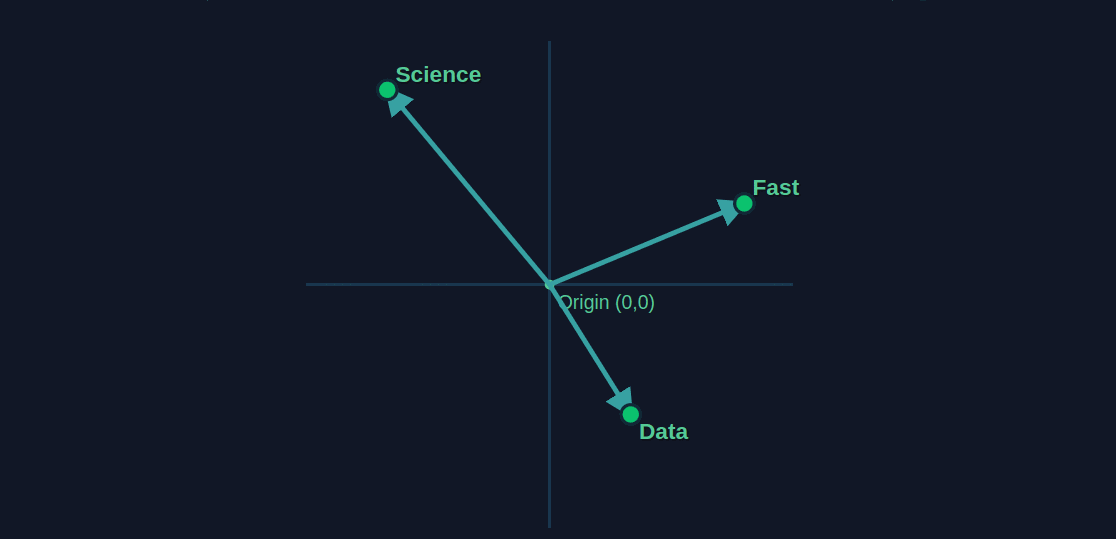
You are probably familiar with traditional databases. For example, a teacher at a school will need to enter students’ grades into a system where they get stored, and at the end of the year the grades would need to be retrieved to create the report card for each student. Or an employee database might store employees’ home addresses, pay grades, start dates, and other crucial information. Traditionally, organisations use a structure called a relational database, where different types of data are stored in different tables, with links between them, and they can be queried using a special language called SQL.
What we can do for you